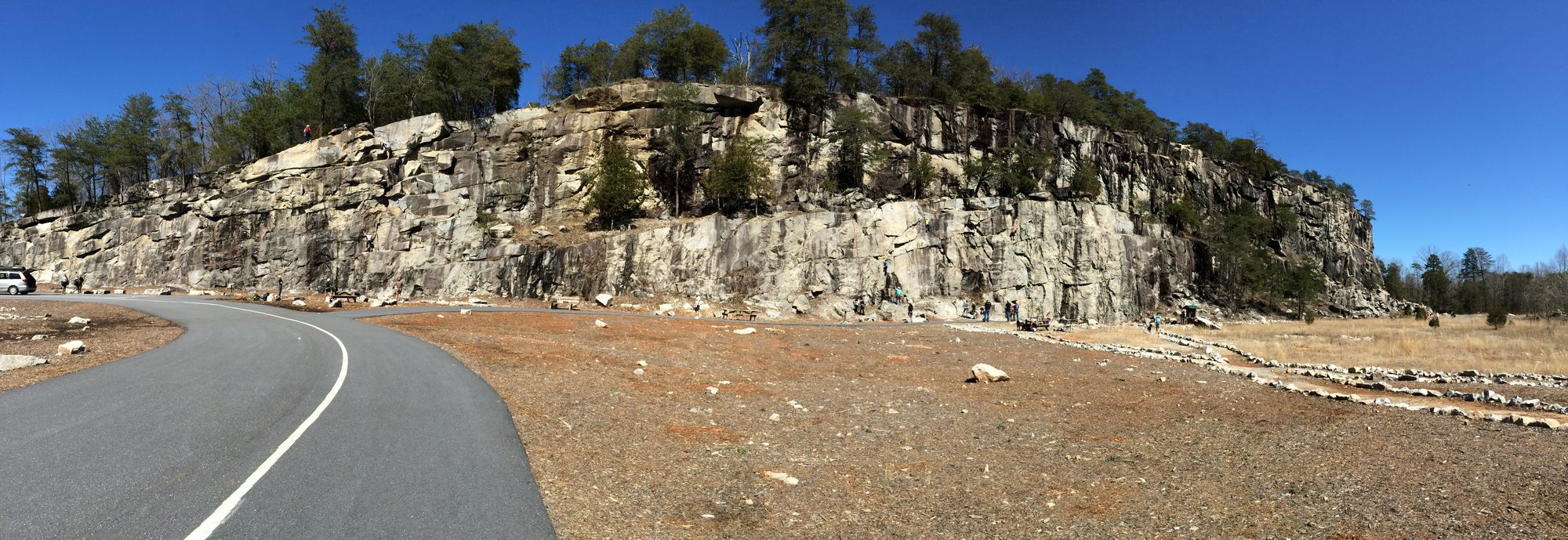Clarification on some climbing terms

A few weeks ago, Kevin Jorgeson and Tommy Caldwell completed a grueling 19 day free climb of the Dawn Wall, a face of Yosemite National Park's gargantuan mountain El Capitan. I wanted to write a brief clarification of what constitutes different types of climbs:
Free Climb: Climbing a wall using ropes only for protection in the event of a fall. Additionally, it is common for climbers of long, multi-pitch routes to sleep on the wall between pitches (they sleep in Portaledges (portable-ledges, like a tent with a rigid bottom) bolted to the wall). In a free climb, climbers don't use any ropes, ladders, or gear to pull themselves up. By contrast, an aid climb refers to a climb where a climber uses bolts, ropes, ascenders, or etriers.
Free Solo Climb: Climbing without ropes or protection at all. This is what the (in)famous Alex Honnold does. I like to make this point clear: climbing without ropes for protection does not make climbing harder. It only makes it more dangerous. In fact, without the weight of gear or ropes, it actually makes climbing somewhat easier. This is pretty important, because many people would say that what Honnold does is harder, because he has no ropes. That's not true; it's just more dangerous.
Send: Completing a pitch of a route without falling.
Route: A specific path up a part of the wall. This is important because in this case, El Capitan (the mountain) has been climbed before, but the Dawn Wall (section/route) has never been free climbed.
Pitch: A section of a route, usually the length allowed by your rope, or between rest points/bolts.
Trad climbing: Using personal gear to set anchor points for your rope to be clipped to, for protection. The routes in Yosemite have a few permanent bolts in the wall, for protection of climbers, but most of the way, climbers are putting in their own gear. Mixed climbing refers to routes where the climber uses a mixture of their own gear and permanent bolts previously installed on the rock.
So there are some questions, like "what constitutes a send of a routes that takes climbers 19 days, eating, sleeping, and living on the wall?" Kevin and Tommy definitely rested at times right? The de-facto standard is that it's considered a send so long as the climbers do not come down off the wall. Because of the length of time, they had other climbers deliver food and supplies to them on the wall. It's not cheating to have food delivered to you on the wall. They still completed the free climb, and they did it without setting foot on solid ground for 19 days.

